
4 minute read
Northern inferno
Cree refugees of a climate emergency
Most community members began returning home June 28 while more vulnerable members returned progressively as clinical services were restored at the Mistissini CMC, which resumed regular services on July 3. Dialysis patients gradually returned as their treatments in Montreal were completed while hemodialysis treatments resumed in Chibougamau on July 6.
Advertisement
Prolonged exposure to heavy smoke also forced the evacuation of “phase one” vulnerable members from Waswanipi and Ouje-Bougoumou. North winds united smoke from raging fires in the TransTaiga area with southern blazes to create a huge bulk over the Cree Nation that spread throughout the hemisphere, giving Montreal the world’s worst air quality on June 25.
“When you left your home, it felt like standing in front of an open flame,” Blacksmith told the Nation. “We had droplets of ashes. Waswanipi’s Old Post was a concern where their summer gatherings are, then the winds shifted from north to south and the fire stopped near the river.”
Although some Waswanipi residents refused to leave, evacuation was triggered after its last access road was threatened and the Chibougamau hospital had been closed. With hazardous air quality, emergency workers determined which public facilities had appropriate air filters, made home inspections to optimize air exchangers and distributed protective masks.
“We had constant issues with communication, phones going down,” explained
Chief Irene Neeposh. “A power outage triggered something with our water pressure, so our clinic flooded. We had four feet of water in the basement, so the generator was submerged and it was a mess. I could make a movie series.”
Waswanipi’s CMC services are expected to resume by late August, with all services offered at the MSDC until further notice, except for dental services that are currently offered in Mistissini. Ouje-Bougoumou also opened services at its MSDC, which has an air filtering system that is safer for Elders.
Although mitigation efforts were hindered by numerous obstacles and general inexperience enacting emergency measures, Neeposh credited her “amazing” team and the cooperation of community members. With all residents allowed to return by June 30, it was still too early to assess the wider impacts in the surrounding areas.
“We’re trying hard to get back to normal as soon as possible,” said Neeposh. “I’m pretty sure it hasn’t sunk in yet, the depth of the impact. I’m preparing myself for that. These are not just cottages – these camps go way back. These are their traditional homes.”
Elders emphasized that the unprecedented intensity of fires, scorching 1.5 million hectares in Eeyou Istchee and 8 million across Canada, meant that natural regeneration wouldn’t occur as it had in past times. Cree leadership is discussing how to support its “refugees of a climate emergency,” land users who have lost their camps and resources necessary to hunt, fish and trap.
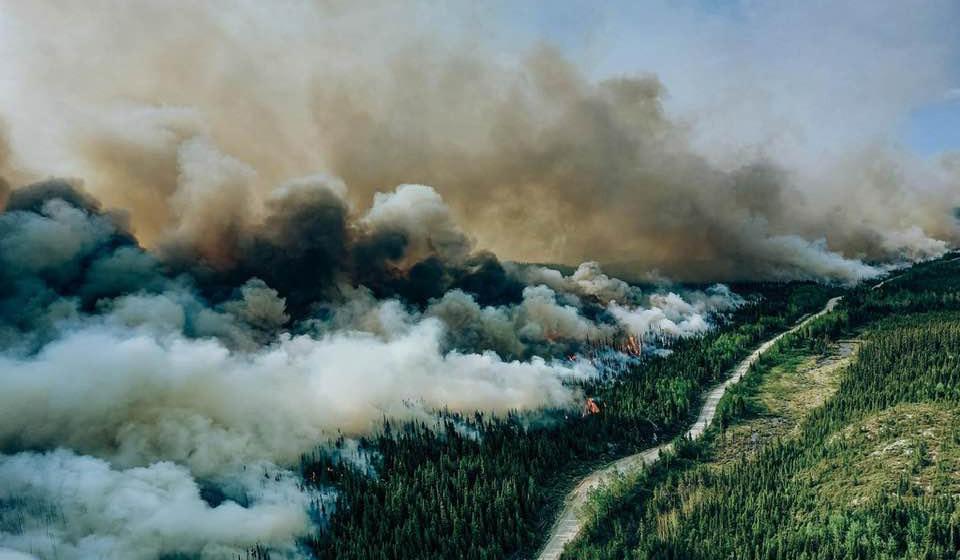
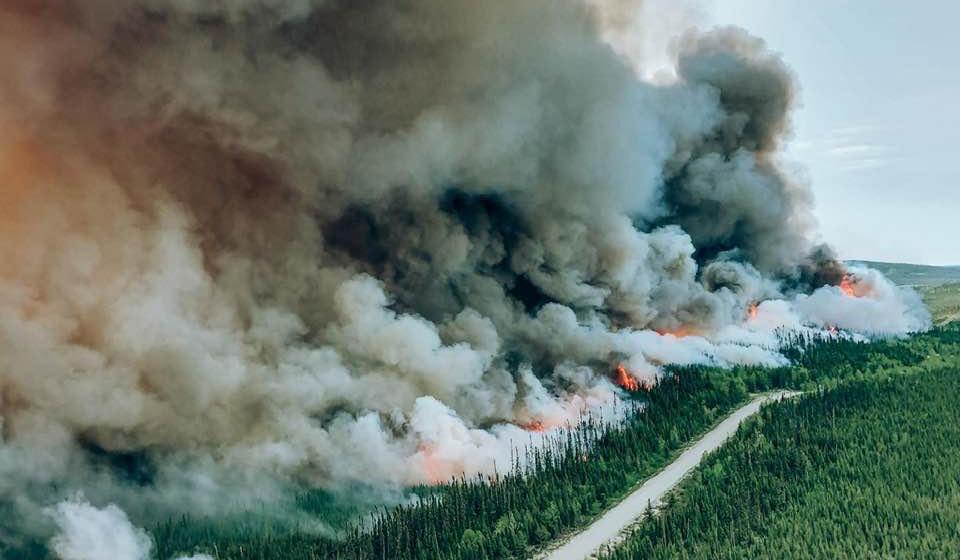
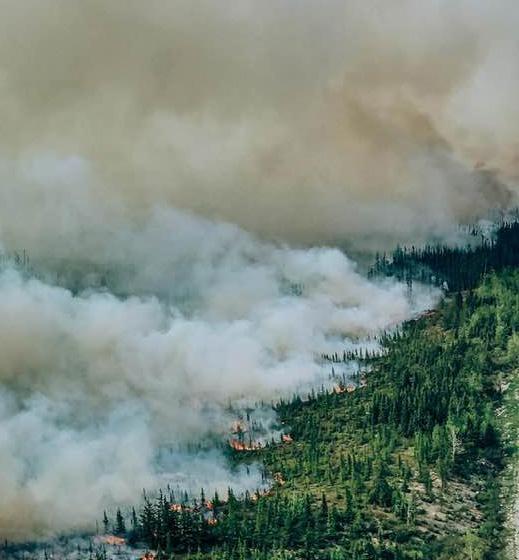
“I want to reassure the members that we are looking at this,” said Grand Chief Mandy Gull-Masty. “It’s not enough to give us support in the community. We must address the concerns of those land users and those tallymen. I really want the government to understand that these areas are not just vast open spaces.”
Gull-Masty said there is no specific funding to help those who aren’t insured nor provisions in federal and provincial agreements to manage losses of this magnitude. She hopes to consult with government leaders to plan for long-term impacts.
While restrictions on forest access began to be relaxed in some regions, much of Eeyou Istchee remained off limits with open fires still prohibited. Temporary heliports were being established in Mistissini to accommodate large helicopters contracted by SOPFEU to fight fires and assist in heavy lift operations.
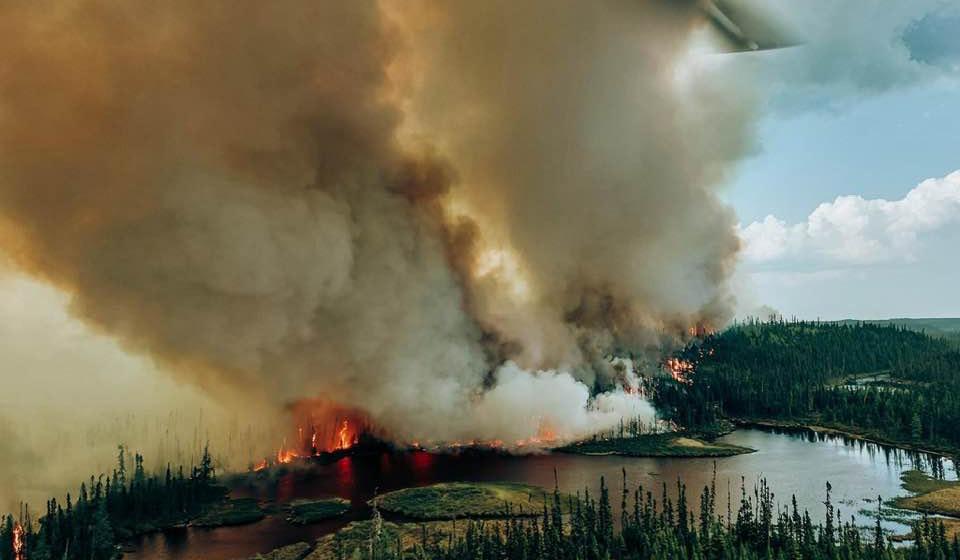
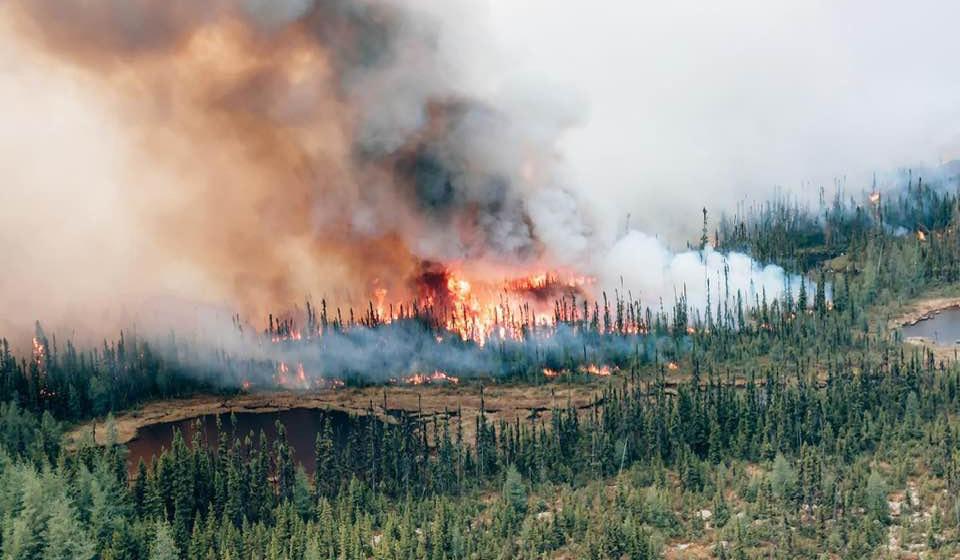
With Cree resources stretched to assist evacuees and SOPFEU requesting international reinforcements, community volunteers and organizations like the Red Cross have been valuable resources. Caught off guard this year, Cree communities are eager to become more involved in firefighting efforts, so this disaster doesn’t happen again.
“This was an eye-opener for everyone,” said Blacksmith. “This is the first time in Quebec we’ve encountered so many fires at one time. We’ve been in contact with SOPFEU upper management asking if we can get training for our Cree Nation members.”


AFN turfs Archibald
The Assembly of First Nations passed a resolution during a Special Chiefs Assembly June 28 to remove National Chief RoseAnne Archibald following a human resources investigation into staff complaints.
The resolution directs the Executive Committee to select an interim National Chief from among themselves and schedule an election at the December 2023 Special Chiefs Assembly. AFN Nova Scotia Regional Chief Paul Prosper stated that Archibald violated the Whistleblower Policy and the Executive Committee’s Code of Conduct.
The position of National Chief will remain vacant until an interim replacement is chosen. The resolution was approved with 163 in favor, 62 opposed, and 6 abstaining.
Order of Canada
Governor-General Mary Simon appointed musician Tom Wilson to the Order of Canada in early July.
Wilson, a Canadian music legend, has won three Juno Awards and written songs for renowned artists. His 2017 autobiography, Beautiful Scars, shares his journey of discovering and exploring his Mohawk ancestry.
Wilson aims to use this appointment to support Indigenous education and foster a deeper understanding of Canada’s history.
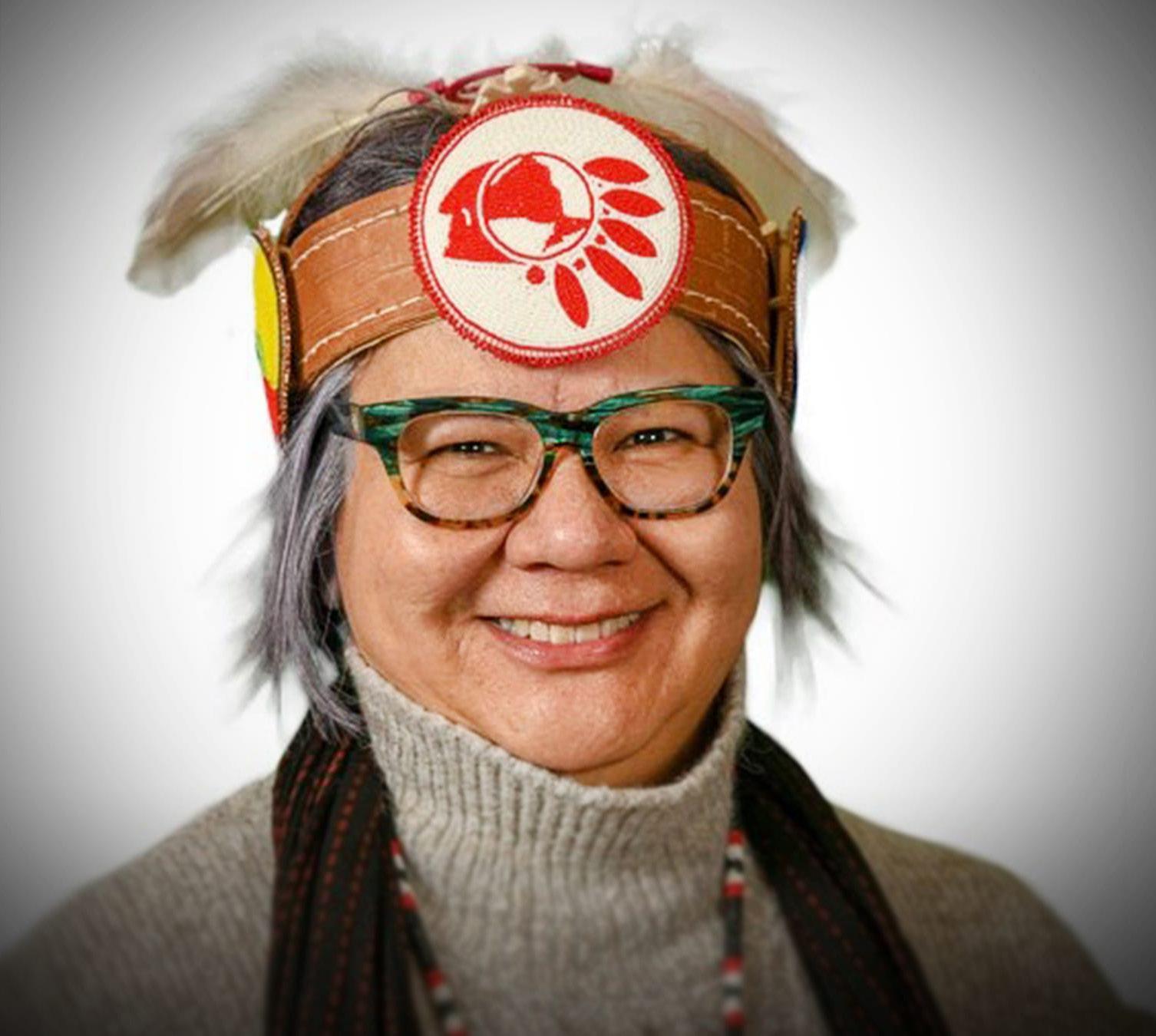
Potential Postmedia and Nordstar
Postmedia Network Canada Corp. and Nordstar Capital LP, the owner of Metroland Media Group and the Toronto Star, are in talks to merge, aiming to address the “existential threat” faced by the Canadian newspaper industry.
If the merger proceeds, voting rights would be evenly divided, with Postmedia shareholders holding a 56% economic interest and Nordstar holding 44%. Nordstar would retain a 65% interest in the Star.
Nordstar owner Jordan Bitove would become chairman of the merged entity, and Andrew MacLeod, CEO of Postmedia, would be the CEO.
The proposed merger seeks to reduce debt, achieve national digital scale, and compete with global technology giants.
Critics express doubts about its ability to improve coverage, however. The newspaper industry in Canada has faced declining ad revenues and audience numbers. Postmedia has reported financial struggles and implemented cost-cutting measures.








